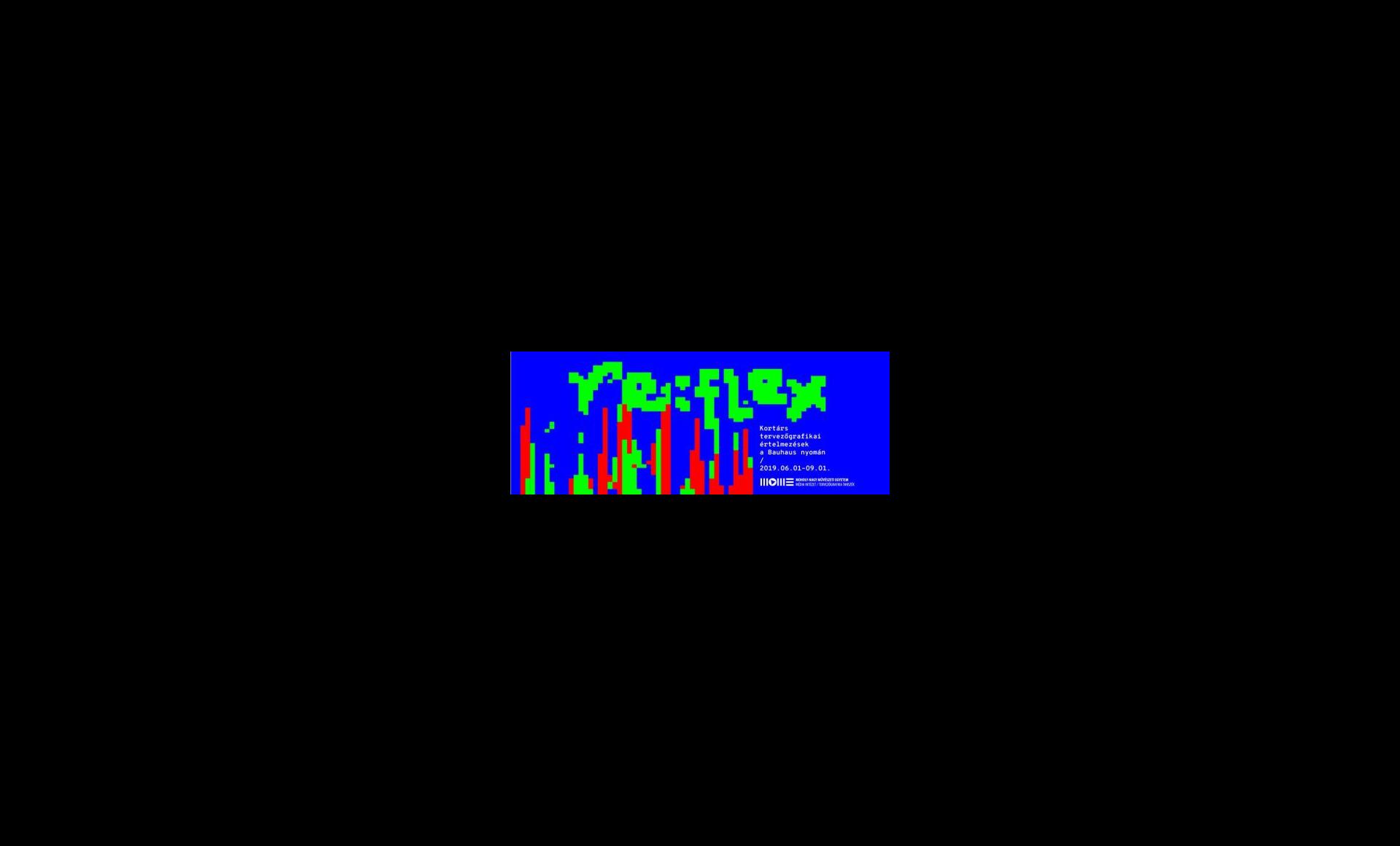Mome reflex
re:flex
Contemporary Interpretations of the Bauhaus in Graphic Design
1 June – 1 September 2019.
Venue: Petőfi Literary Museum - Kassák Múzeum (Főtér 1, Budapest 1033)
The Bauhaus (1919-1933) was one of the most influential art schools in
the 20th century. In the course of its existence over a little more
than a decade, it had become an essential factor in the history of both modern
design and modern architecture. Owing to its intellectual openness and
collective initiatives along the lines of its innovative pedagogical principles,
it can be regarded as a laboratory of modern cultural trends and lifestyles.
The Graphic Design Department at the Moholy-Nagy University of Art and Design
has devoted the spring semester of its 2019 schoolyear to the 100th
anniversary of the Bauhaus. The Centenary
is significant not only because of László Moholy-Nagy, after whom the
university was named, but also due to the progressive pedagogical, design and
art-philosophical program of the Bauhaus, which has exercised lasting influence
on the university’s professional identity. The purpose of the course was not
merely to evoke the past and its stylistic features, but also to formulate
contemporary reflections based on the knowledge of a segment of history. The
exhibition of the Kassák Museum reveals how a young generation relates to the ever
so valid open and experimental approach of the Bauhaus using today’s visual
tools in the fields of both traditional media (poster, book, brand identity
design) and new digital technologies (web design, sound design). Through a
selection of student works, we attempt to capture the ‘Bauhaus spirit’ in present-day
digital processes, social initiatives and collaborative practices, therefore,
the events accompanying the exhibition devote special attention to the design
process.
The exhibition was organised by: Judit Csatlós, Renáta Szikra, Balázs Vargha
(MOME)
The exhibition was realised in collaboration with the Moholy-Nagy University
of Art and Design.
Supported by: National Cultural Fund of Hungary

